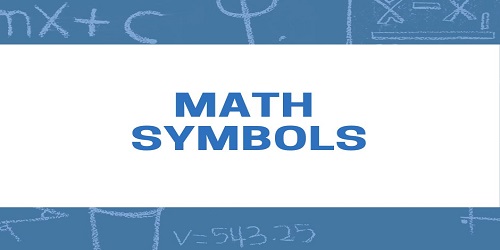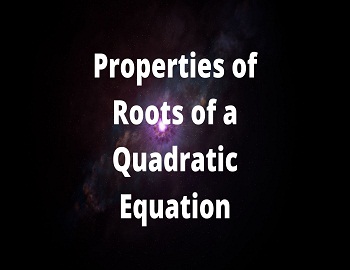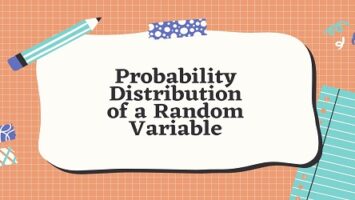Table of Contents
Shares and Dividends:
When some individuals want to start a business, large sums of money or funds are required. These individuals may find it beyond their own financial capacity to invest such a large amount in a new venture. A public company is formed through the issue of shares to meet the financial requirements of the new business. A share is a unit of ownership interest in a corporation or financial asset. While owning shares in a business does not mean that the shareholder has direct control over the day-to-day activities of the business, but being a shareholder does entitle the possessor to a share in the distribution of profits in the form of dividends.
Shares are movable property.
A person who owns one or more shares is called a shareholder.
Value of a Share:
- The original value of a share is called its nominal value (abbreviated N.V.), face value, or printed value. The nominal value of a share always remains the same.
- The price of a share at any time is called its market value (abbreviated M.V.) or cash value. The market value of a share changes from time to time.
- If the market value of a share is the same as its nominal value, the share is called at par.
- If the market value of a share is more than its nominal value, the share is called at a premium or above par. If a share of $100 is selling at $135, then it is said to be selling at a premium of $35 or at $35 above par.
- If the market value of a share is less than its nominal value, the share is called at a discount or below par. If a share of $100 is selling at $88, then it is said to be selling at a discount of $12 or at $12 below par.
Dividend:
A dividend is a portion of corporate profits paid out to the shareholders. A company declares its profits at the end of the financial year. When a corporation earns a profit or surplus (after providing for depreciation), that money can be put to two uses; it can either be reinvested in the business in the form of retained earnings or it can be paid to the shareholders as a dividend.
Rate of Dividend: The dividend is declared as a percentage of the nominal value of a share irrespective of its market value. This percentage is called the rate of dividend.
Understanding the Terminology Used in Shares:
“15% $100 shares at $145” means that
- The face value of 1 share = $100
- The market value of 1 share = $145
- The dividend (profit) on 1 share = 15% of $100 = $15 p.a.
- The income on $145 is $15 for one year.
- The rate of return (or yield) p.a. = [(15/145) x 100]% = (300/29)%
Similarly, “12% $25 shares at a discount of $5” means that
- The face value of 1 share = $25
- The market value of 1 share = $25 – $5 = $20
- The dividend (profit) on 1 share = 12% of $25 = $[(12/100) x 25] p.a. = $3 p.a.
- The income on $20 is $3
- The rate of return (or yield) p.a. = [(3/20) x 100]% = 15%
Important Formulae:
(1) Investment:
| Money Invested = market value of one share x number of shares |
(2) Income and Return:
| (a) Annual Income = number of shares x rate of dividend x face value of one share (b) Return percentage = [(annual income/investment) x 100]% |
(3) Number of shares:
| Number of shares purchased (or held) = (investment/market value of one share) or (annual income/income on one share) |
Shares and Dividends Examples:
| Example 1: A man buys shares of N.V. $100 of a company that pays a 10% dividend. At what price did he buy each share from the market, if his profit is 12.5% on his investment? Solution: N.V. of 1 share = $100 Dividend on 1 share = 10% of N.V. = 10% of $100 = $10 Let the M.V. of 1 share be $X Rate of income = 12.5% of M.V. ⇒ 12.5% of $X = $10 ∴ X = $10 x (100/12.5) = $1000/12.5 = $80 ∴ He bought each share for $80 |
| Example 2: How much should a man invest in $25 shares selling at $30 to obtain an income of $450, if the dividend declared is 15%? Solution: Dividend on 1 share of $25 = 15% of $25 = $[(15/100) x 25] = $15/4 Since the total income is $450 ∴ the number of shares bought = annual income/dividend on one share = ($450 x 4/15) = 120 Since the market value of one share = $30 ∴ the sum of money invested by the man = $(30 x 120) = $3600 |









Comments (No)